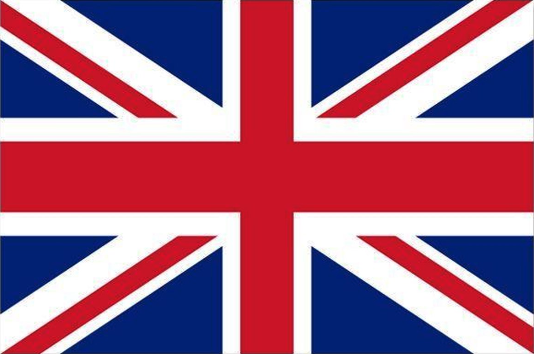The province of Gelderland has a rich history. A history that goes back thousands of years and has left its traces in the landscape. We would like to take you on a journey through Gelderland’s history. Based on the timelines, you will get to know burial mounds, marching soldiers, murder crosses and imposing castles.
Exciting History

Discover the Exciting History of Gelderland
Discover the Exciting History of Gelderland

Dive into the industrial past
The Industrial Revolution of the 19th century had a major impact on society. It resulted in an enormous increase in prosperity, which made consumer goods available to everyone. Scattered throughout Gelderland are still many striking monuments to its industrial past.



























